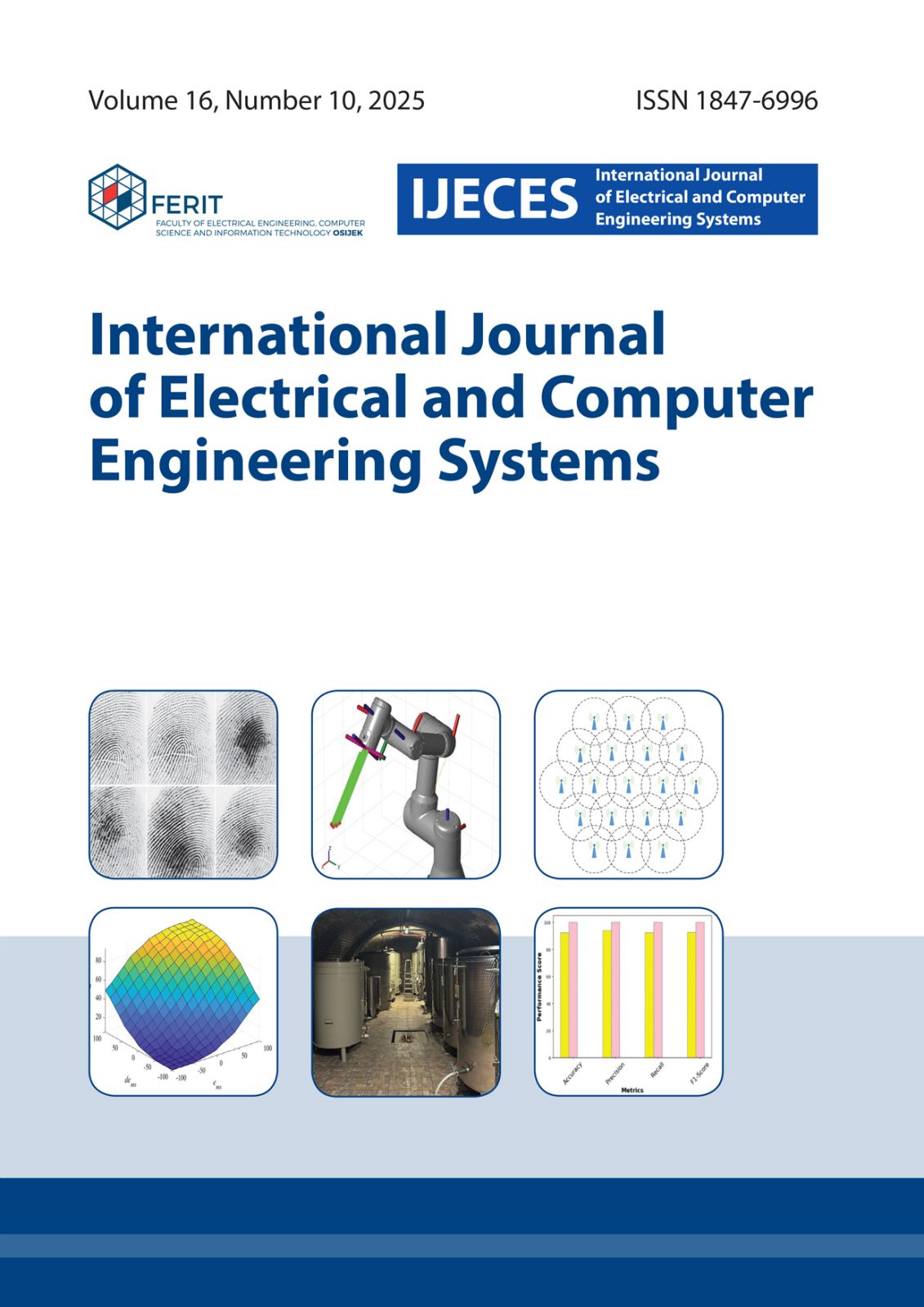The Conditional Handover Parameter Optimization for 5G Networks
DOI:
https://doi.org/10.32985/ijeces.16.10.6Keywords:
mobile networks, conditional handover, handover performance, optimizationAbstract
Conditional Handover (CHO) is a state-of-the-art handover technique designed for 5G and beyond networks. It decouples the preparation and execution phases of the traditional handover process and aims to reduce wrong cell selection by utilizing a predefined list of target cells. Despite its advantages, the limitations of static parameter configuration compromise CHO performance. This paper proposes a self-optimization mechanism for CHO parameters in 5G networks. Our proposed mechanism is an automated method for estimating and optimizing CHO parameters, dynamically adjusting key parameters to fine-tune the conditions that trigger the execution phase of the handover process. In addition, we introduce a second handover trigger referred to as the cell outage condition. We compared the performance of our proposed mechanism with the baseline CHO, velocity-based, and cell-outage based mechanisms, using Ping-Pong Handovers (PPHO) and Radio Link Failures (RLF). The simulation results demonstrate reduction of up to 7% in RLF, a 0.15% decrease in handover errors, and an improvement of approximately 10% in handover performance at velocities of up to 200 km/h in high-mobility scenarios.
Downloads
Published
How to Cite
Issue
Section
License
Copyright (c) 2025 International Journal of Electrical and Computer Engineering Systems

This work is licensed under a Creative Commons Attribution-NonCommercial-NoDerivatives 4.0 International License.


